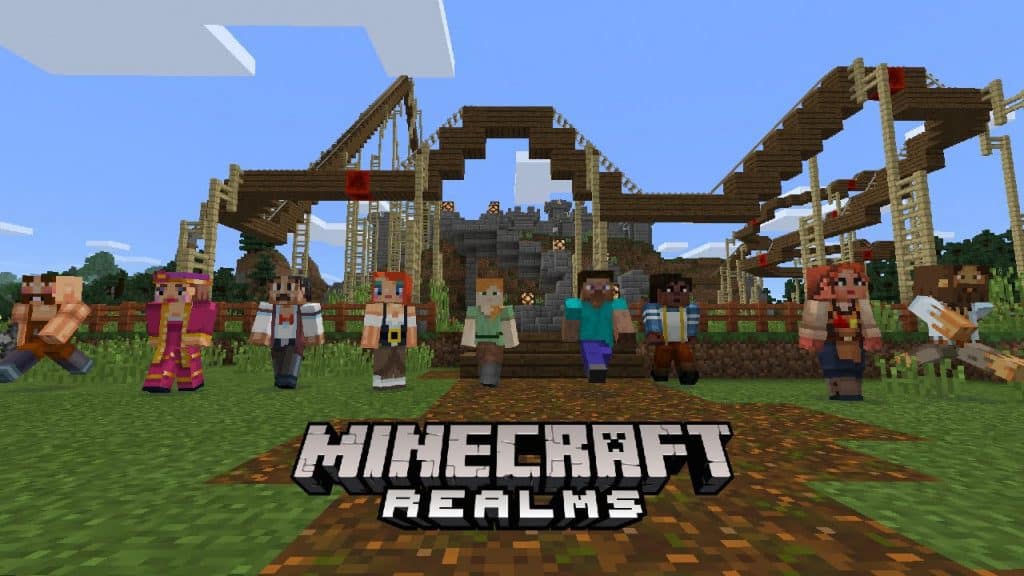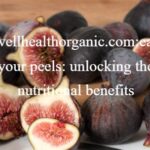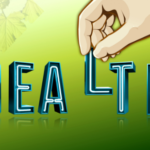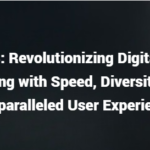Do you want to know what the Minecraft Composterr does, wondering how you can either use it in beneficial ways in your survival world or learn some helpful information to guide you on using the Composter?
This article will teach you how to craft it and the resources you need to use to get the best out of the Composter with some helpful information so you can get started on this intriguing mechanic.
How to craft the composter?
There are different ways of crafting the Minecraft Composter, depending on what Minecraft edition you are playing on, which is either the Java Edition, the Bedrock Edition, or the PlayStation 4 edition.
To craft a Minecraft Composter in the Java Edition, we can use any of the different kinds of 4 wooden fences, and combine it with any variant of the wooden planks, as follows:
Thankfully, Bedrock Edition & PlayStation 4 Edition has the same recipe, and is rightfully easy to do, as we only need any kind of 7 wooden slabs, as follows:
Besides crafting, Composters can be found in Villages.
What does a composter do in Minecraft?
Minecraft Composters is an added machinery in the game that enables you to compost organic resources, for example, all kinds of Seeds, Organic foods, any Organic items, and the rest of the organic resources that are specified later that you can put into the composter to produce Bone meal.
It’s mostly used by players who have a sustainable or large quantity of supply in organic resources and want to have an on-going source of long-term Bone meal production without needing to go out and kill a Skeleton, find a Skeleton Spawner, or trade with a Villager.
Cons
As much as it sounds great to have.
The Composter is very inefficient, why? Investing your organic supply in a Composter would probably be a long effort demanding task that would need a great amount of resources to collect a decent amount of Bone meal which you wouldn’t really call profit.
Meaning, that depending on what organic resources you use, it takes a great demand of it to make 1 Bone meal that you’ll get out of a Composter that reaches the final stage of production.
For example, it takes at least 64 Wheat Seeds which equals to one stack, to get 1 to 3 bone meal in return.
This is one of the reasons why you should find ways to use it efficiently as much as you can with the best organic resources or only use it when it’s needed.
Pros:
Most Minecraft players would probably go for the alternative of killing a Skeleton, or finding a Skeleton Spawner instead of crafting a Composter for Bone meal, but Composters do come in handy when the time comes for it.
Building automated Composter farms to leave around and do their work then visit it once in and while would be a great choice to do later in the game.
It’s just a matter of how you use it.
Another beneficial idea for its use is that it’s an eco-friendly trash can, as we all know when we have too many items in our chest or inventory, we usually throw the unimportant items on the ground to despawn later when we leave our Minecraft world or having a lava pit to throw your items to burn.
Composters could be an alternative beneficial trash can, because when we throw the needless flowers, kelp, seeds, saplings, etc., to clear out our space, it wouldn’t go to waste, due to its purpose of making Bone meal out of all the junk.
Helpful information/tips to keep in mind
Before we get started on what organic resources we can use, keep in mind:
When you press F3 and look at the right side of the screen with the text surrounded by the red box, you will see Minecraft: composter, “Level 1”. It tells us what level the composter is at.
The Composter has 8 levels, 8 being the one where you get the Bone meal. Starting from zero, you slowly work your way up to 7, and automatically go to 8 upon reaching level 7.
Since we know this helpful information, we can start picking the best organic resources you can put into the Composter to get you to level 8 as fast as you can.
The resources that make a big contribution:
Farmable resources:
Carrots, Potatoes, Melons, Wheat, Mushrooms, Apples, Beetroot, Cocoa Beans and Pumpkins are a great choice to put into the Composter or using in your automated farms.
Besides building automated farms, crafting a Melon Block, Hay Bale, and Dried Kelp Block, or getting a Mushroom block would be a great alternative choice then using the items to craft it, so you can get the best out of it in composting.
Organic Resources:
Flowers of any kind, Ferns, Lily Pads, Sea Pickles, and Hay bales are also a great option of throwing into the Composter if you so happen to have a lot of it.
Bread, Apples, and Cookies, also contribute significantly.
Though not required to, if you need it.
Organic Foods that directly give you One level higher:
By any chance you want to throw a Cake or a Pumpkin pie, it gives you 1 level.
The resources that make a small impact:
Organic Resources:
All kinds of Seeds, Grasses, Saplings, Cactuses, Vines, and Sugar canes aren’t the best option and only contribute such a small amount to the Composter where there is no point unless you want to get rid of big quantities of the said resources.
Organic Foods:
Melon slices, Kelp, and Dried Kelp contribute a small value to the Composter, making it a waste of resources so, it’s better to eat it rather than compost it.
It’s a pretty neat thing to have in your backyard.







